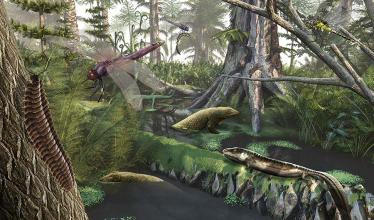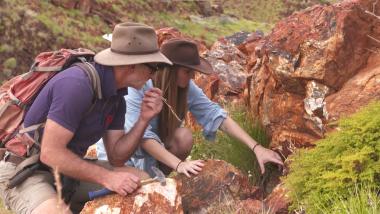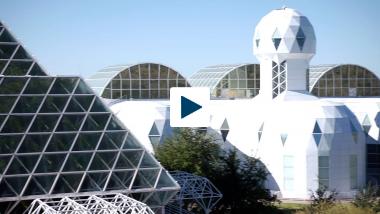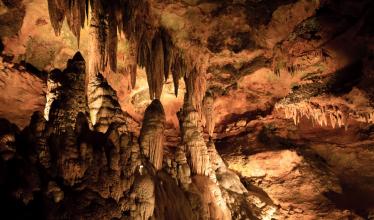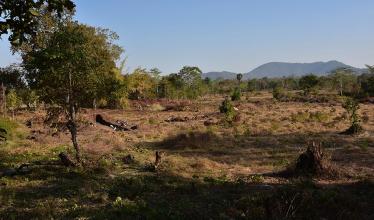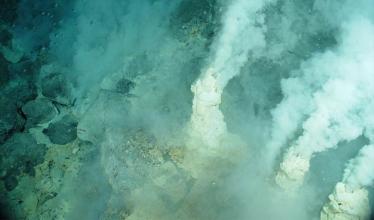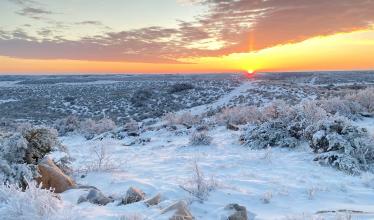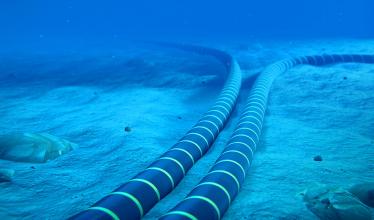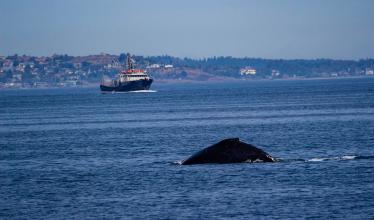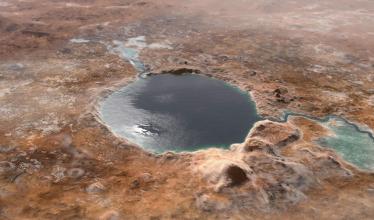Earth
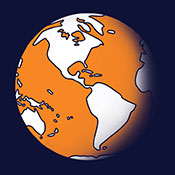 Moving and shaking for 4.5 billion years
Moving and shaking for 4.5 billion years
The physical processes that sculpt our Earth are dramatic — earthquakes, weather, volcanic eruptions, tectonic motions, climate change. Now, decades of research into the intricately intertwined system that links all oceans and freshwater, the atmosphere and our land is moving us forward toward a better understanding of our world. Here we watch it unfold.
There’s now a microscopic plastic cycle that works like any other environmental cycle -- moving from oceans to sky to land and back again.
New research supports the idea that pulses of nutrients flushed from Devonian forests fueled ocean algae blooms that suffocated marine life.
Researchers and Aboriginal people are working to protect 3.5-billion-year-old stromatolite fossils in western Australia.
A unique, huge science building has a rainforest, a swamp, a grassland and even an ocean with a coral reef.
Steers that ate small amounts of seaweed produced far less of the greenhouse gas methane.
A better understanding of past rainfall swings may help scientists better predict future ones.
Understanding how magnetic fields change is crucial for protecting communications networks and power grids.
New discovery of ancient phosphorus-bearing minerals challenges assumptions about the way early life evolved.
This month brought unusual weather to many spots around the world.
Sensing earthquakes with telecommunications cables could lead to better warnings.
It’s becoming increasingly noisy beneath the waves, but people can do something about it.
Ancient sediments reveal that shortly after emerging from the sea, microbial life may have adapted to survive in acidic lakes.


